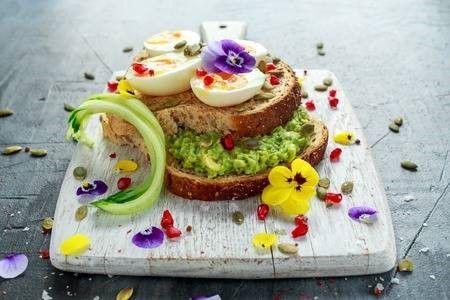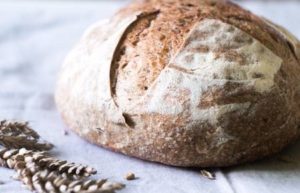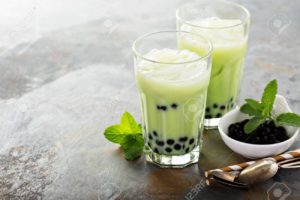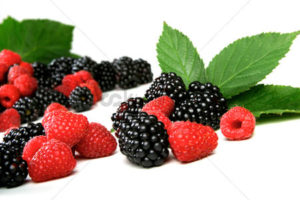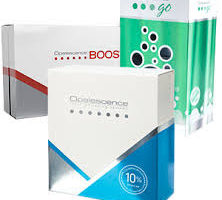Things You Should Do Now to Ensure Better Health in 10 Years
Things You Should Do Now
to Ensure Better Health in 10 Years
by Rubicon Project
https://www.healthline.com/health/10-habits-to-ensure-better-health-in-10-years
We all want to live a better life and be as healthy, strong, and happy as possible. The choices we make today will have an effect on how healthy we are tomorrow and in the long run.
So to be at our healthiest 10 years from now, here’s where we should start:
1. Quit smoking
We all know smoking is bad for our health, but plenty of people still light up. Quitting today could mean great things for the long-term health.
In five years, your risk of a subarachnoid hemorrhage decreases by 59 percent, and in 10 years for men and five years for women, the risk of developing diabetes is reduced to that of a nonsmoker.
Smokers have been found to be 2.2 times more likely to die from lung cancer than quitters.
2. Watch your BMI
Maintaining a healthy body mass index (BMI) can lower the risk for certain diseases. As BMI increases, so does the risk for some diseases that are related to overweight and obesity: premature death, cardiovascular diseases, high blood pressure, osteoarthritis, some cancers, and diabetes. Eating healthfully and exercising can help regulate your BMI.
3. Make love
There are all kinds of benefits to keeping a regular sex life — everything from easing depression to relieving pain to fighting off prostate cancer. Oh, and people who have sex one to two times a week also appear to have an immune response that is 30 percent higher than those who don’t have any sex at all.
4. Moderate your alcohol
Alcohol, in moderation, can have some health benefits, including a reduction in cardiovascular disease, while heavy drinking can lead to cirrhosis of the liver, damage to the heart muscle, and an increased risk of several cancers. The Centers for Disease Control and Prevention (CDC) identify moderate drinking as no more than one drink per day for women, and no more than two per day for men.
5. Turn off the television
6. Get to bed
According to the National Sleep Foundation, adults should get between seven and nine hours of sleep a night. Failing to get that amount on a regular basis could lead to long-term health consequences, including increased obesity and high blood pressure and decreased well-being.
7. Exercise
According to the CDC, “getting at least 150 minutes a week of moderate-intensity aerobic activity” can reduce your risk of heart disease, stroke, type 2 diabetes, and metabolic syndrome. A physically active lifestyle also lowers your risk for colon and breast cancer.
8. Reach a healthy weight
The World Health Organization reports that being overweight increases your risk of heart disease, stroke, type 2 diabetes, osteoarthritis, and several cancers. Losing weight obviously isn’t a simple task, and many struggle to reach a healthy weight.
9. Visit your doctor
The CDC reports that: “The right preventive care at every stage of life helps all Americans stay healthy, avoid or delay the onset of disease, keep diseases they already have from becoming worse or debilitating, [and] lead productive lives.” An annual checkup is beneficial for everyone, but the U.S. Preventive Services Task Forces says women especially should make biennial mammograms a priority after age 50, as well as Pap smears every 3 years after the age of 21 (unless your doctor recommends getting these screenings more frequently).
10. Avoid too much sun
We all benefit from vitamin D, but failing to take sun precautions (an SPF of 30 or higher) can increase your risk of skin cancer. It can also cause sun damage to your skin that will make you appear older than you would like in 10 years.
We’re all getting older, so why not make the choices now that will improve your life in the future?






